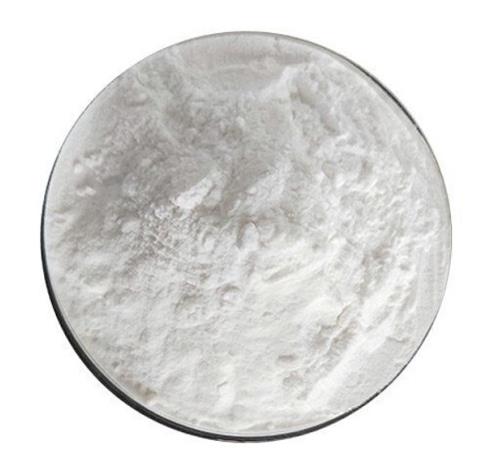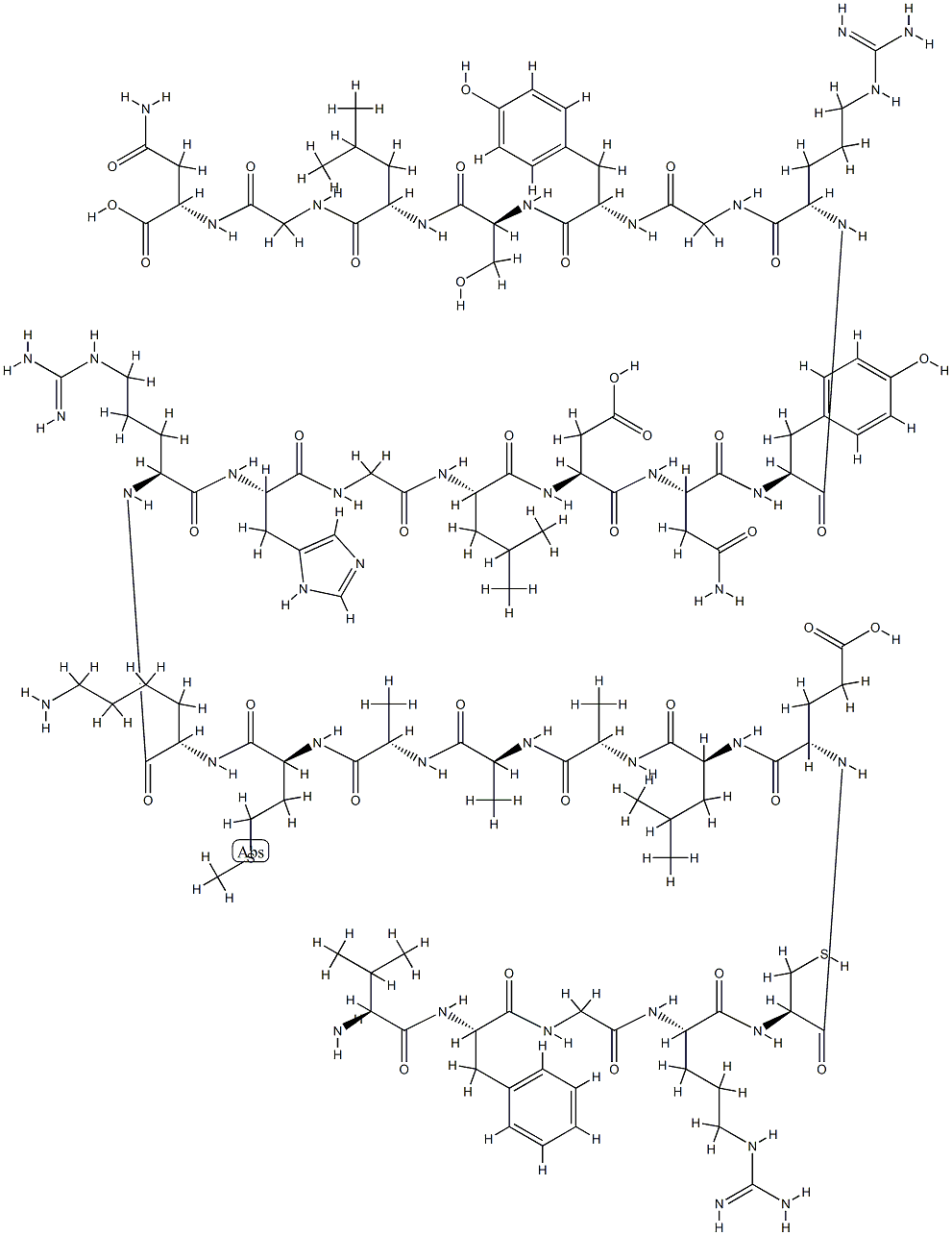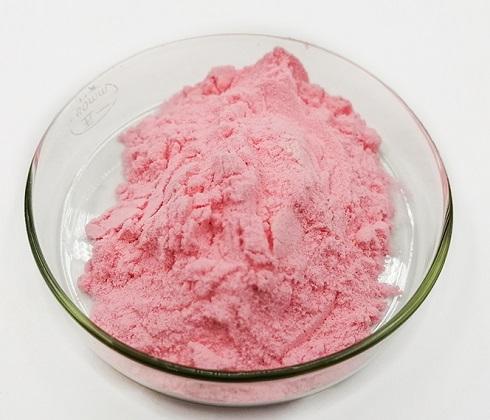Applications of Lysozyme
Lysozyme, a muraminidase recovered from egg white albumin, milk, and other tissues, is best known for its ability to inhibit fermentative butyric acid bacteria responsible for late blowing during ripening of semihard cheeses.

Applications
When used alone, lysozyme breaks β-glycoside bonds between the N -acetylglucosamine and N -acetylmuramic acid groups of peptidoglycan (component of gram-positive bacterial cell walls). Uncompromised outer membranes protect gram-negative bacteria against lysozyme activity; however, when used in combination with other antimicrobials, specifically those which damage outer membranes, gram-negative bacteria exhibit increased susceptibility.
In a detailed review of lysozyme as an antimicrobial, Johnson and Larson (2005) reported that TSP, lysolecithin and polyethylene glycol, polylysine, hydrogen peroxide, ascorbic acid, lactic aid, trypsin, carvacrol, and other terpenoids enhanced antimicrobial activity of lysozyme, as did coapplication of heat, alkaline pH, osmotic shock, freeze-thawing, and high-pressure treatments. Antimicrobial activity is not impaired when lysozyme is used in combination with most ingredients, although some surfactants, fatty acids, and alcohols (≥12 carbon chain length), as well as pectin, alginate, iodine, and high concentrations of cobalt, manganese, copper, and mercury may be antagonistic.
Properties
Lysozyme is heat stable and remains active after thermal processing treatments and is most commonly used in its hydrochloride form. Maximum antimicrobial activity is observed at an acidic to neutral pH (3.5–7.0), although optimal pH depends on NaCl concentration. Lysozyme becomes increasingly effective in the presence of EDTA, nisin, nitrite, or NaCl.
Bactericidal activity
The bactericidal activity of lysozyme is concentration dependent and may be depressed in the presence of excess iron or calcium . As lysozyme is a naturally occurring compound, postconsumption immune response and anaphylactic shock were investigated in human and animal models, and it was determined that egg-white related allergic reactions in humans are not typically caused by lysozyme.
Nattress et al.found that nisin and lysozyme were more effective at controlling spoilage organisms on fat and lean pork tissue when used in combination, and overall activity was concentration dependent. Chun and Hancock also observed synergistic inactivation of gram-positive bacteria by combinations of lysozyme and nisin. Malicki et al. found that a combination of lysozyme (200 ppm) and sodium lactate (2%) was increasingly lethal for LAB, but did not affect total aerobic bacterial counts. In another study, lactoferrin and lysozyme individually inhibited growth of Vibrio cholerae 3083, S. Typhimurium SL696, and E. coli 5448, while combinations resulted in death.
Bactericidal activity was concentration dependent and antagonized by the presence of excess iron or calcium. Due to the apparent antimicrobial properties of lysozyme, in conjunction with increasing demand for natural additives and fewer chemical additives altogether, potential utilization of lysozyme in meat products should be investigated more extensively.
You may like
See also
Lastest Price from Lysozyme manufacturers

US $0.00-0.00/g2025-04-21
- CAS:
- 12650-88-3
- Min. Order:
- 1g
- Purity:
- 97%
- Supply Ability:
- 1kg/month

US $1.00/kg2025-04-21
- CAS:
- 12650-88-3
- Min. Order:
- 1kg
- Purity:
- 99%
- Supply Ability:
- 10 mt


